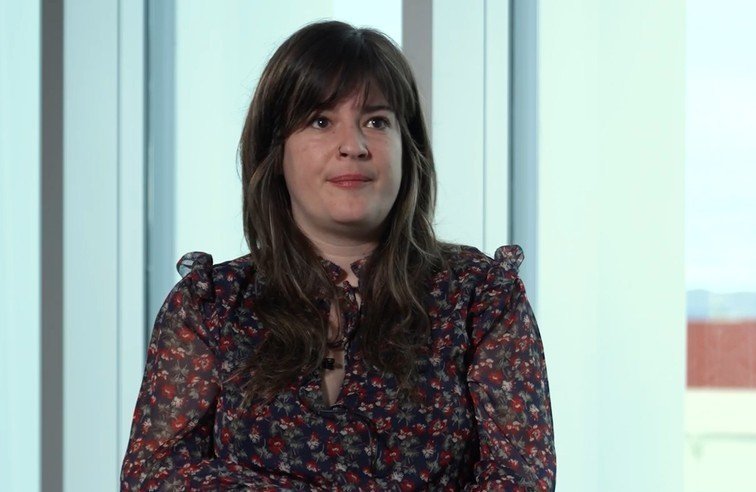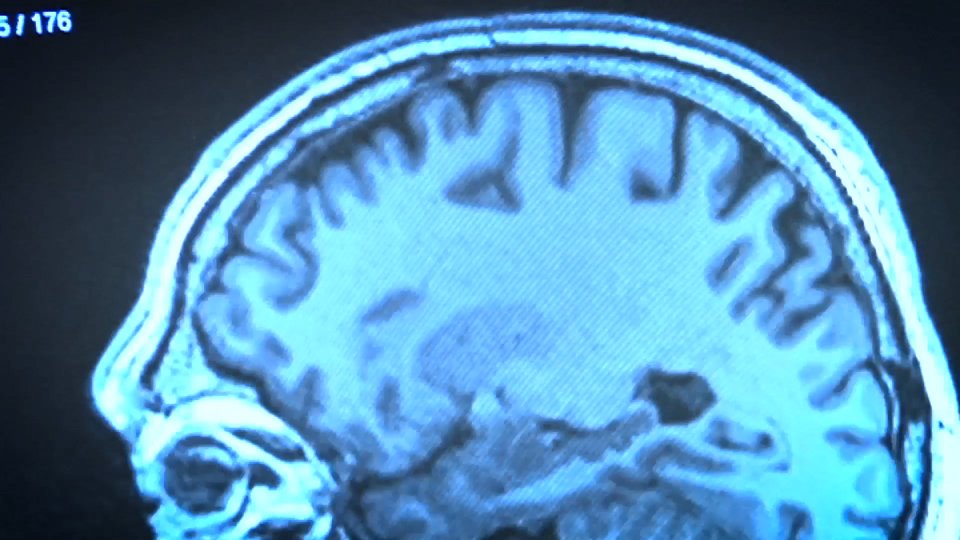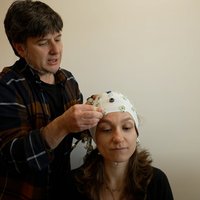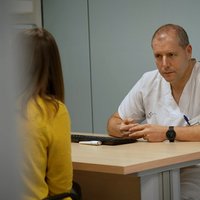“Medicine is not neutral.”
There is a growing body of research claiming that women do not receive adequate medical treatment because the sex and gender variables are not integrated into medical practice or scientific research. All this has a direct impact on women’s health.

Before we start talking about medicine, we need to clarify that sex and gender are not the same thing. When we talk about sex, we are talking about biological characteristics. Gender is a social construct. Medicine should take both into account, right?
Yes, of course. The effect of sex on our health is clear because we can biologically have a different symptomatology and probability of suffering from diseases. But gender shapes our behavior: for example, going to the doctor more or less, or how we perceive symptoms often depends on gender.
Let's talk about sex, biology. Do men and women suffer from different diseases? Diseases, treatments, diagnoses
We have different diseases because, on the one hand, some organs are different. On the other hand, the probability or frequency of suffering from some diseases may also vary. Even when the disease is the same, the symptomatology may be different in both sexes. All these biological differences must be taken into account both for the understanding of symptomatology and for the diagnosis and, of course, for the treatment. How we respond to treatment will also be different.
And how does gender affect health?
Gender is a series of traits that influence our behavior. Women usually complain less. After all, we have many responsibilities and we move forward without giving importance to our symptoms. It usually takes longer to go to the doctor, and often our disease is at another stage. This has a great impact on the treatment as well as the possibility of healing. But we are also conditioned by gender in many other ways: how we express symptoms, or what we perceive as symptoms and what we do not. This also depends on the gender.
Medicine should be neutral, but is it?
It is not neutral. Medicine is still androcentric, that is, the male approach will have an implication. In the end, it has been a science traditionally made by men, taking man as a model. As a result, how they hear patients’ symptoms will also be conditioned.
It is known that some diseases are poorly and poorly diagnosed in women. And, paradoxically, they are given more drugs. These biases are seen in the data, right?
That's measured, yeah. For example, in myocardial infarction the symptomatology is different in men and women. What happens to women? Many women do not recognize these symptoms as the symptoms of a heart attack. We're not going to the doctor saying that. And even going to the doctor, some doctors still do not identify these symptoms with the infarction. Instead of treating an infarction, we are given anxiety pills. Therefore, we receive an erroneous diagnosis and, in addition, inadequate drugs. That is, we have not received the appropriate treatment that we need and, in addition, we are taking unnecessary drugs. This is a paradigmatic example, and here we have the data, with the figures, that indicate it.
Does bias still occur in scientific research itself?
Unfortunately, yes. Nowadays, it is true that when experimenting with animals, it is legally obligatory to include both male and female animals. We started to look at females. But many times, even if they are females, we do not analyze the results by sex, we do not divide them by sex variable. Therefore, it is useless. If we have a variation that appears with sex, we will not perceive it.
Or, even if the females are included in the study, we do not take into account the time of the cycle at which they are at the beginning of the treatments. And we've seen that this is very important in women. In breast cancer, women have been shown to respond very differently depending on the time of the cycle, in terms of treatment. That is, if they take the treatment in the luteal phase, they respond better. So we see that, even to save lives, it is important to consider the cycle. If it is not taken into account in the research and preclinical phase, it cannot be expected to be taken into account in subsequent phases of treatment.
Therefore, even if they are legally obliged to do so, the results are not adequately addressed. At least it can be surprising.
Yes, that's right. It is done at the request of the law, without reaching significant conclusions. In the case of Alzheimer’s, males have always been used. Now that we have started to introduce females, we have realized that the model does not work, or that the symptomatology is different. So it has a bias. They are useful for men, but not for females.
We must think about how to imagine, how to create a new model that also includes the casuistry of women.
What consequences does this have?
The real consequences are that women don’t get the drugs we need, we don’t get the dose we need. On the other hand, the side effects of drugs, in our case, are usually much more serious and occur more frequently. In addition, these drugs are generally less effective. Medicine looks like a man.
To solve all these bad practices that we are aware of today, we must begin to influence the medical faculties, right?
That's it. We must start with education, training, because those who are going to be doctors will have to know this serious problem that exists. To stop these bad practices, new doctors will need to know that sex and gender are very important in medicine.
You're working on it in different medical schools in Europe. Among them is the Faculty of Medicine of the UPV.
Within the framework of the ENLIGHT programme, we have brought together teams from different universities at European level, women dedicated to research and teaching. We are women, yes. Everyone works in a different field, but we’ve found that the problem occurs at all levels, from teaching to clinical practice and policy. So we created a network. To start, to make an accurate diagnosis of the situation. We are looking for resources and solutions to implement this new way of teaching in the university.
You are sowing the seed of change. Is the situation similar in all these European countries or is there a difference?
Unfortunately, it is something that happens on a global scale. This patriarchal point of view crosses people from all countries. One of the peculiarities of this initiative is that non-university academic women also participate in the work to achieve this objective. Yes, in the end, we can work in academia, university, or work in education, but we need daily experiences. Not just us, but other women. The benefit or richness of working with women’s groups will be that we will listen to their experiences. The more experience we have, the better diagnosis we will have. They will also be active agents of the solution and in the end it is everyone’s responsibility.
[Is this concern for the incorporation of gender and sex variables in medicine widespread in general?]
Unfortunately, no. We know that in this patriarchal society it is always difficult to break the normality, it is not pleasant to change this status quo. We find resistance, especially in men, because suddenly they see that they have to change the way they do their work and introduce us into the equations. And they usually think it's too much work or not as important. But for half of the population it is a matter of life and death.
Buletina
Bidali zure helbide elektronikoa eta jaso asteroko buletina zure sarrera-ontzian











